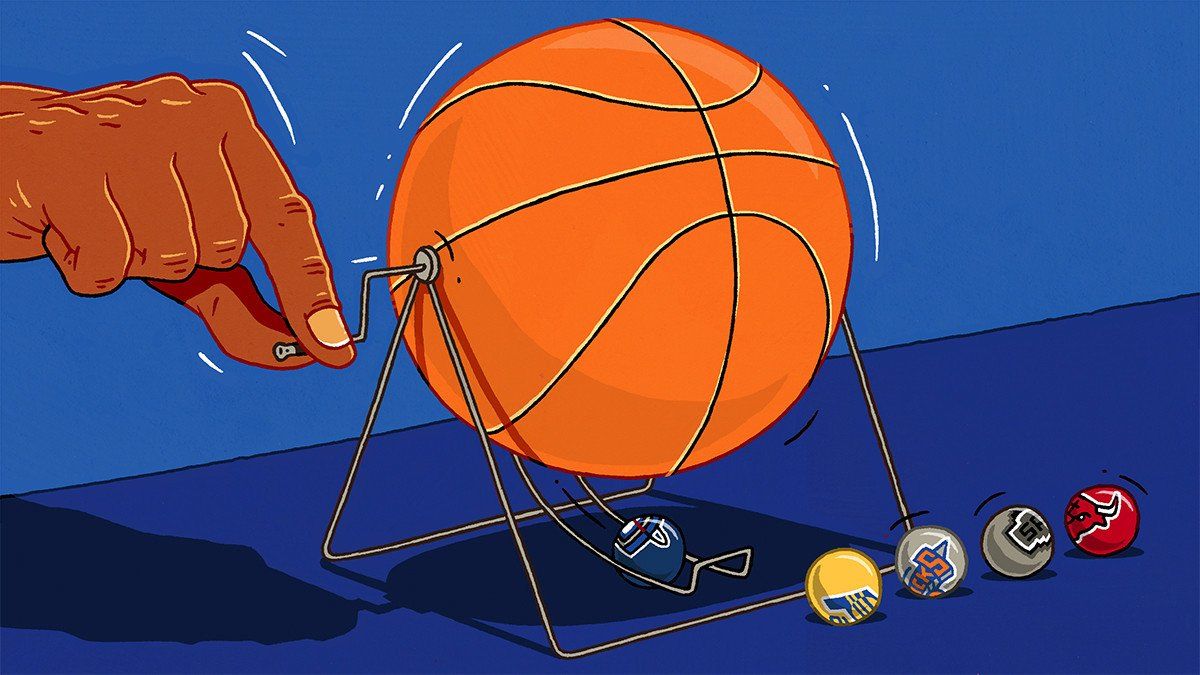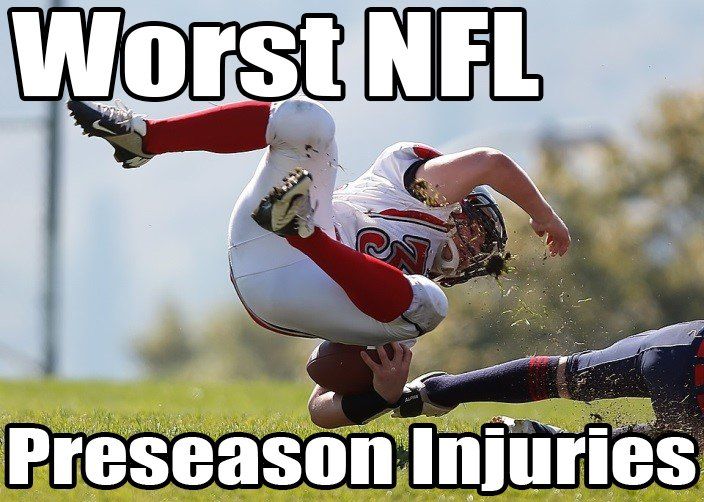How to Start an Adult Sports League
Playing sports as an adult is an extremely rewarding activity. Not only does it provide great
exercise, it’s a way to connect and spend time with friends. Starting your own adult sports
league seems to be the logical next step. All you need are some players, some jerseys, and a
location, right? Yes, but there are several more steps involved in getting started.
While playing your sport is fun, organizing a recreational sports league will take time and effort.
We love the game as much as you do, and we want to help you succeed. We created this
how-to guide so you’ll know everything involved and the steps necessary to make your league a
fun and successful endeavor. Let’s get started!
Step 1: Gather Players and Determine Interest
Before a league can go anywhere, you’ll need enough players to create teams. A good starting
amount is 6 teams, but you may be able to get away with 4 if players are scarce (of course,
more is better). Ask around to determine people’s interest. You can even post some
announcements online or on bulletin boards. It may be hard to find players at first, but as your
league gets up and running it will generate more buzz. In this “research phase,” you need to
determine good days and times for games (when people are most available) and how much
your members are willing to pay. You can even establish a discount for signing up early to
encourage more people to join.
Step 2: Determine Your Budget
There are a lot of costs involved in having a successful league. Before crunching the numbers,
think about your why you want to do this. Are you playing for fun or for profit? When you’re
starting a league just for fun, you only need to generate enough money to break even. This is
usually accomplished through player membership fees. If you’re playing for profit, though, you
need a profit margin of at least 25% in order to be sustainable.
These are costs to budget for:
● Venue
● Referees
● Apparel/Jerseys
● Equipment
● Advertising
● End of league prizes (optional)
Do your research to determine your costs. Then add 25% if your league is for-profit. Your final
number can be divided by the amount of teams/players you have to help determine membership
fees. You can also look for sponsors to offset costs.
Step 3: Find a Venue
You have several options when it comes to finding a facility for your games, but you should
always book early. Many leagues get put on hold simply because they waited too long to get
their venue. Your location should be secured several weeks before the season starts.
Here are some great venue options:
● Public schools
● Public parks
● Private schools
● Community centers
● Sports complexes
● Churches
When determining your facility, remember to factor in distance. No one wants to drive for an
hour every week to play a short game. Find a location that’s 15-30 minutes away from your
players.
Step 4: Hire Refs and Other Assistants
Good referees will keep your players safe and help them have a great time. They will also be
assertive and consistent with their calls. If you’re lucky enough to know some refs who want to
donate their time, all the better. If not, you’re looking at $10-20 an hour. Just don’t overlook this
step. Refs are important to help maintain order in your league and they will make your players
view each game as more important and professional.
You may also need additional help like coaches and people to maintain equipment and fields.
This will depend on your type of league and location, so plan accordingly.






